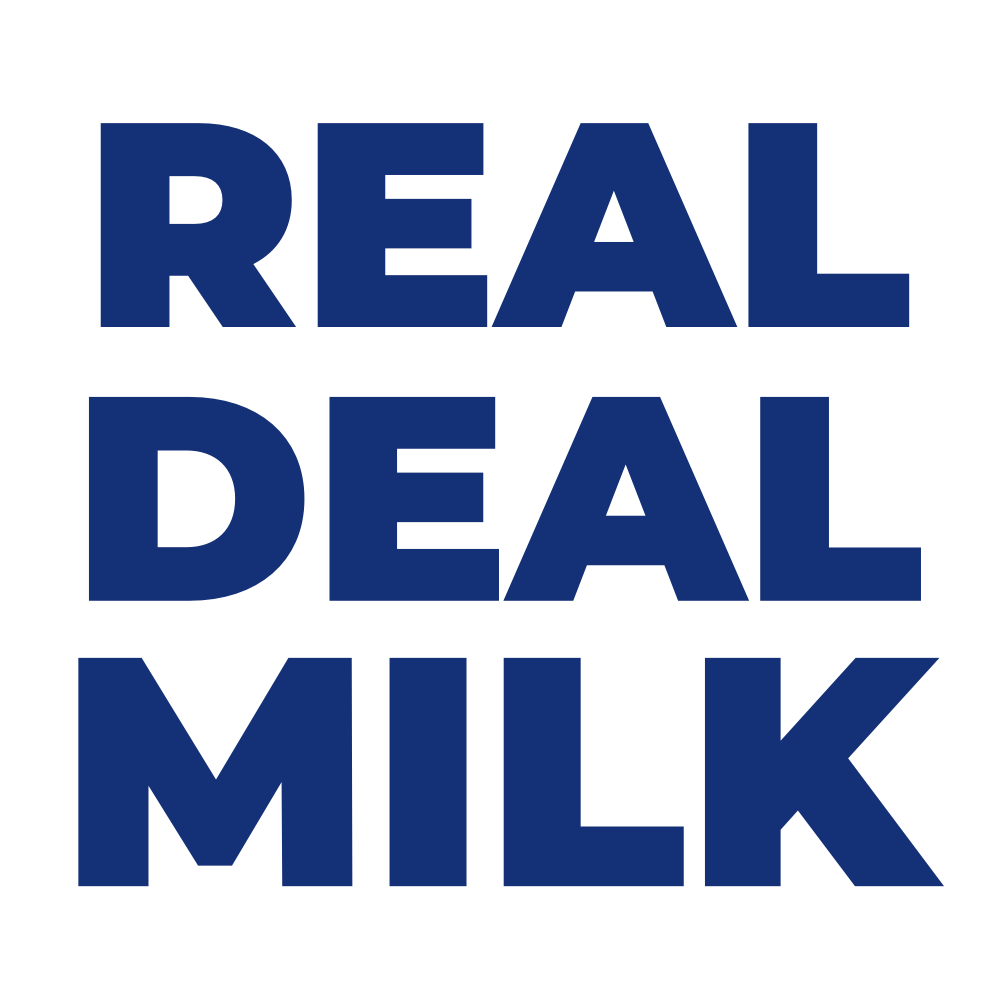Fermenting through time
Fermentation is the process that just keeps giving.
Fermented foods take shape throughout our food shop and our beverage choice. Maybe you even had a crack at making your own when the boredom of lockdown kicked in. These trendy yet timeless foods bring unique, bustling flavours to our palate. As if that wasn’t enough, the fermentation process is evolving to bring us proteins that will slot into our future food landscape, in all sorts of products.
The beginning of fermentation
Fermentation isn’t just an old process; it’s ancient, 8,000 years worth of ancient.
The method dates back to 6000BC (Food & Nutrition. 2012), and its popularity has secured its presence in nearly every civilization since. Whether it was the Vikings and Saxons producing mead (honey wine) or kimchi fermented thousands of years ago in Korea (Food & Nutrition. 2012), fermentation has flourished worldwide.
The name fermentation comes from the Latin word fervere, which means to boil (Alba-Lois, L. and Segal-Kischinevzky, C. 2010), as the bubbling of fermenting liquids looks as if they’re boiling. It wasn’t until the mid 19th century that Louis Pasteur solved the riddle of fermentation by demonstrating that it resulted from live yeast multiplication (Alba-Lois, L. and Segal-Kischinevzky, C. 2010).
As countries around the world developed their unique food culture, fermentation continually arose, being moulded by each cuisine. In countries where animal farming was common, such as in the Middle East and Europe, they utilized milk to produce fermented dairy products, e.g. yogurt (Tamang, J.P. et al. 2020). In contrast, Asia focused on the fermentation of fish and vegetables and Africa on cereal grains. It’s not just the food that varies between countries but also the technique. Starter cultures are commonly found in Europe, North America and Australia, whereas Asia and Africa mainly stick to spontaneous fermentation (Tamang, J.P. et al. 2020).
An update to fermentation
Now we’re counting on microbes more than ever.
Whilst fermented food products continue to thrive in popularity, yeast cells have taken on additional roles in precision fermentation. Precision fermentation refers to the modification of a microbe's DNA to produce desired proteins. This process kicked off in the pharmaceutical industry in 1982 when E. Coli was modified to produce insulin and shortly after spread to the food industry to create the enzyme chymosin for cheese making (GFI. 2018).
New developments and the future
Fermentation may hold the key to the future of food.
With the climate crisis upon us, companies within the food industry are investigating how they can reduce their environmental footprint, and microbes are popping up in the equation.
Start-ups such as Solar Foods are utilizing microbes to produce proteins by feeding them with CO2 and nutrients (Solarfoods). While Quorn manufactures a mycoprotein through fermentation of the fungus Fusarium venenatum to make a vegan meat substitute (Quorn. 2020). Another company making use of fermentation is Impossible Foods, employing yeast cells to produce the heme protein leghemoglobin, which, when added to the plant-based meat alternatives, provides a true meaty flavour and smell (Impossible. 2018).
Real Deal Milk is among these companies grabbing hold of a microbes potential. We convert the yeast cells into protein building machines and utilize them to produce Real Deal Milk products. This arms our products with cow's milk characteristics so well, that it’s hard to believe there were no cattle involved.
Fermentation has been wrapped up in our food culture for thousands of years, adapting to different ingredients and methods. Now the process is evolving to meet the needs of the planet and our diet. It is transforming to take on the role that animals have always played in the production of meat and dairy, to reduce the environmental impact that agriculture imposes.
Who knows where fermentation will take us next.
References
Alba-Lois, L. & Segal-Kischinevzky, C. (2010) Beer & Wine Makers. Nature Education 3(9):17
Food & Nutrition. 2012. The history and health benefits of fermented food. https://foodandnutrition.org/winter-2012/history-health-benefits-fermented-food/
GFI. 2018. Cellular agriculture: An extension of common production methods for food. https://gfi.org/wp-content/uploads/2021/02/Cellular-Agriculture-for-Animal-Protein.pdf
Impossible. 2018. How GMOs can save civilization (and probably already have). https://impossiblefoods.com/blog/how-gmos-can-save-civilization-and-probably-already-have
Quorn. 2020. What is Quorn and Quorn’s mycoprotein? https://www.quornnutrition.com/mycoprotein/what-is-mycoprotein
Solarfoods. No date. Endless food from air and electricity. https://solarfoods.fi/science/#bioprocess
Tamang, J.P. et al. 2020. Fermented foods in a global age: east meets west. Comprehensive reviews in a global age: east meets west, 19(1), 184-217. https://doi.org/10.1111/1541-4337.12520


